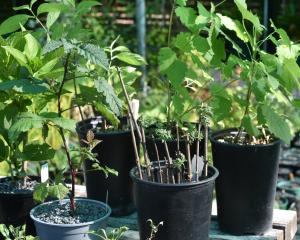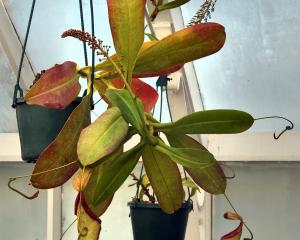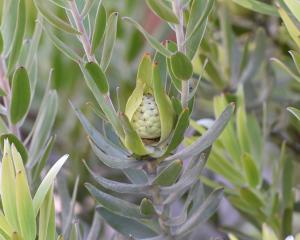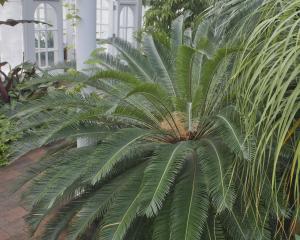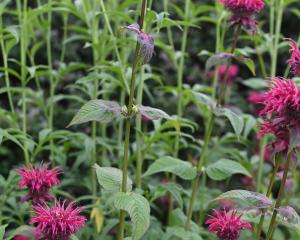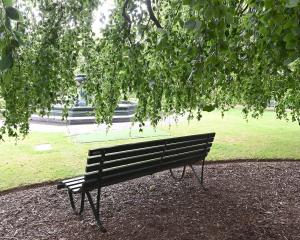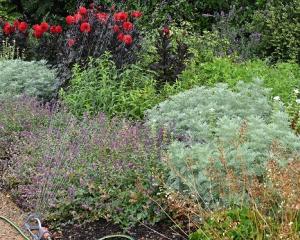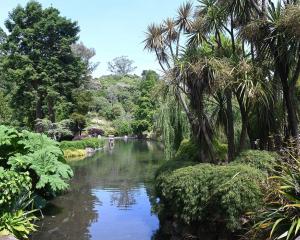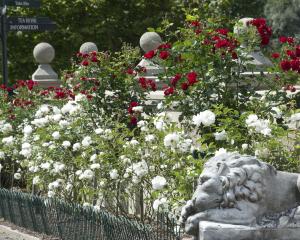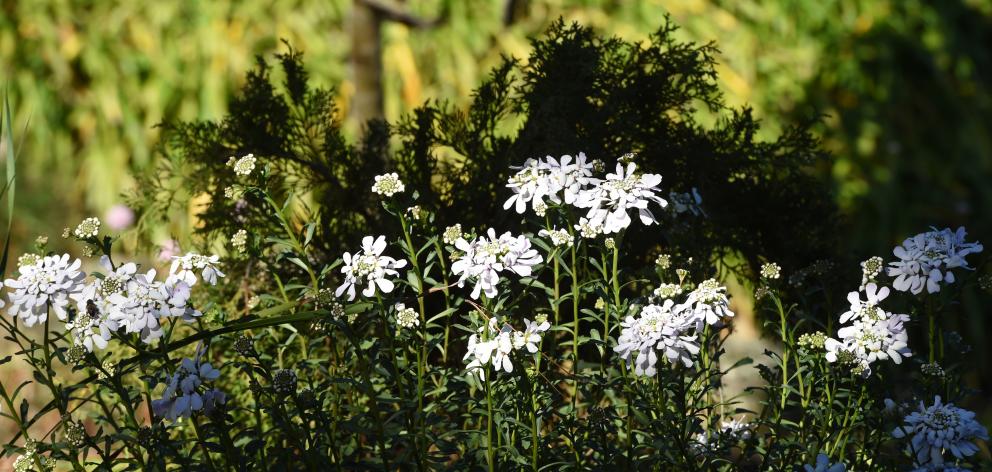
Being in the brassica family, Iberis typically, has four-petalled flowers. In candytuft, these are bunched tightly in flat-topped clusters and open from the outside in. With unopened buds in the centre and the outer petals being larger than the inner it creates a starburst effect.
Dotted throughout the rock garden at the Botanic Garden is the pure white Iberis sempervirens `Weisser Zwerg' (`Little Gem'). This flowers in early spring continuing right through summer and sporadically throughout the year.
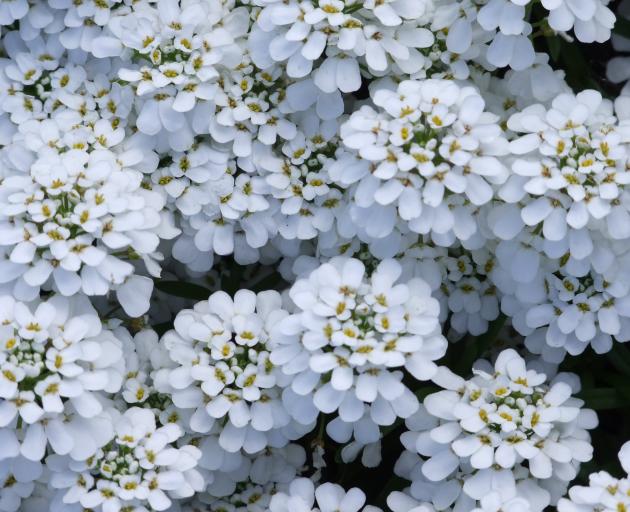
It will come as no surprise that Gibraltar candytuft is native to the Rock of Gibraltar, also to the Tangier Peninsula of North Africa. It is the national flower of Gibraltar and can be found growing naturally in shady limestone crevices on the Rock's north face.
Garden Life is produced by Dunedin Botanic Garden. For further information contact Robyn Abernethy.




